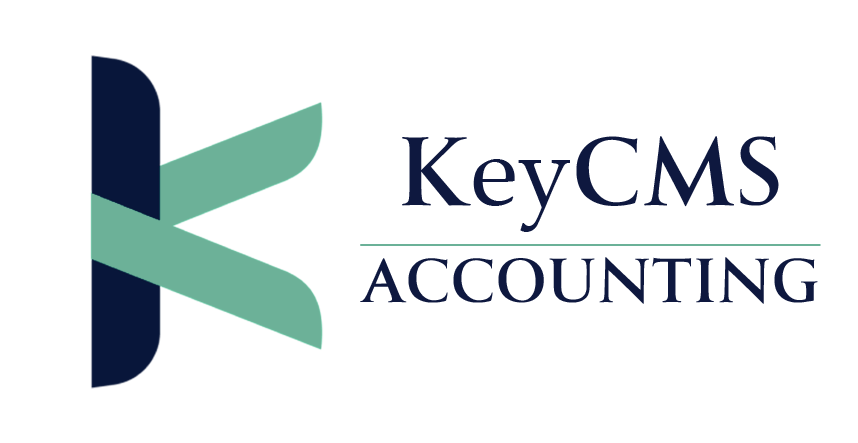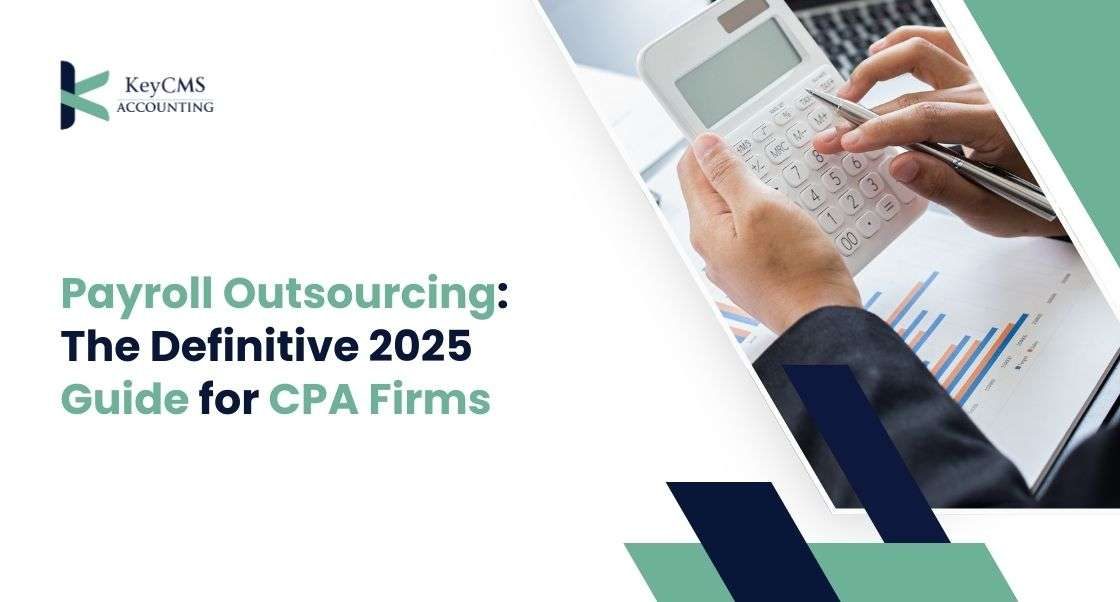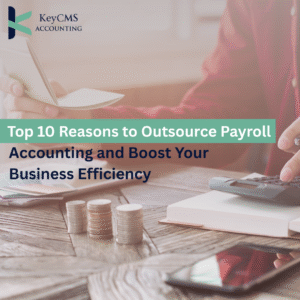In 2025, the environment for CPA firms is more competitive than ever before. In addition to standard tax and audit services, clients are seeking full-service, value-added solutions. Providing payroll outsourcing is not an add-on service but a strategic offering that can benefit your firm’s profitability, scalability, and client relationships big time. This guide takes you through the major reasons you should provide payroll outsourcing and how to do it correctly.
Why Payroll Outsourcing Is Your Firms Next Big Opportunity
Transitioning into payroll isn’t about creating more administrative tasks; it’s about strategically shifting into higher-margin, recurring revenue.
- Recurring Revenue: In contrast to tax preparation, which has a seasonal nature, payroll services provide steady, monthly or bi-monthly revenue. This recurring cash flow enhances your company’s financial stability and facilitates long-term planning.
- Deepen Client Relationships: Providing payroll positions you as a vital component of your client’s business operations. Rather than an annual tax engagement, you’re now a respected, regular partner. Ongoing contact deepens loyalty and raises the chances for cross-selling additional services, such as bookkeeping or tax advisory.
- Free Up Valuable Time: Through either providing payroll as a managed service or providing it as a value-added service, you can free up your clients’ time. It is normally a complicated and time-consuming process for small to medium-sized businesses (SMBs). They can dedicate that time to doing what they do best—running their business—by outsourcing it to you.
- Stay Ahead of Compliance: It is a regulatory quagmire of federal, state, and local rules. One misstep can result in expensive fines. As a CPA firm, you already are a compliance professional. Providing payroll services lets you leverage your experience, giving your clients confidence.
How to Successfully Implement Payroll Outsourcing
Joining the payroll industry takes a strategy. Below is a success roadmap:
1. Choose Your Service Model
There are two main methods of providing payroll:
- In-House Management: Your company employs and trains a specific payroll staff to perform the whole process from data entry to tax returns. This model provides you with full control but involves a huge expense in personnel, training, and technology.
- Strategic Partnership: You align with a dedicated payroll provider. Your company serves as the front-end, client-facing intermediary, and the partner manages back-end processing, compliance, and technology. It is the most prevalent and scalable model for CPA firms. It enables you to provide the service without the operational drain.
2. Select the Right Technology & Partner
The technology must be right. Seek a payroll platform that is
- Integrated: It should integrate easily with your current accounting and bookkeeping systems (e.g., QuickBooks, Xero). This avoids data silos and ensures a fluid workflow.
- Secure: Because payroll data is sensitive, strong security controls, such as encryption and secure portals, are necessary.
- User-Friendly: Both your staff and clients should be able to operate the platform with minimal training.
When selecting a partner, look at their record, security qualifications, and customer service. They should be seen as a true partner, not simply a vendor.
3. Market Your New Service
Don’t expect your customers to know you provide payroll. Proactively market the new service:
- Educate Your Clients: Utilize email newsletters, blog articles, and social media to outline the advantages of outsourced payroll and how your company can assist.
- Upsell to Existing Clients: Your existing clients for tax and audit are your most valuable potential customers. In your next meeting or communication, take up their current payroll process and emphasize how your new service addresses their pain points.
4. Set Your Pricing for Profitability
Your pricing should reflect the results you deliver, not just the time or money it costs you to provide the service. Do not compete solely on price. Implement a tiered-pricing structure based on employee head count, with extra charges for services such as new-hire reporting or benefits administration. This ensures you get paid for the full scope of your work.
In 2025, a thriving CPA practice is one that diversifies and evolves. By adding payroll outsourcing in a strategic manner, you not only generate a new source of revenue but also enhance your position a trusted advisor, ensuring your firm’s future in a changing marketplace.




